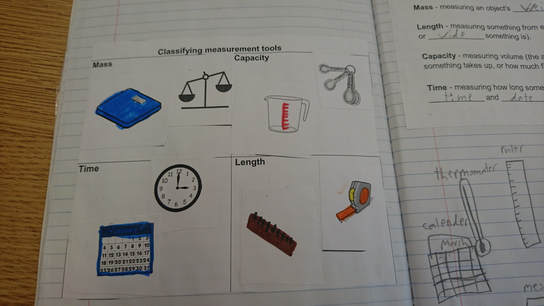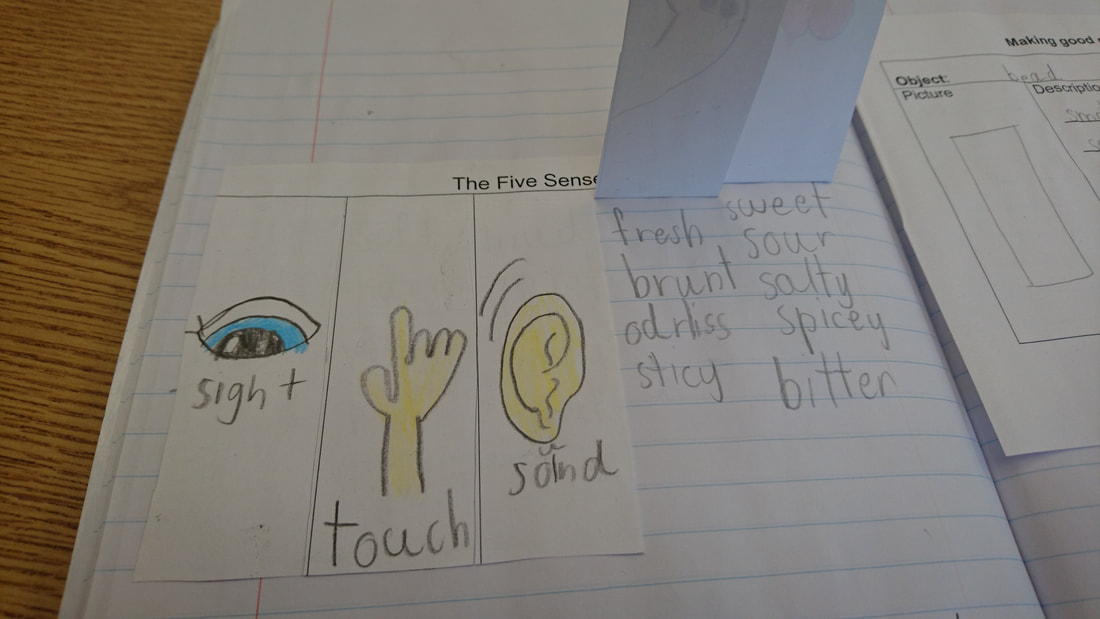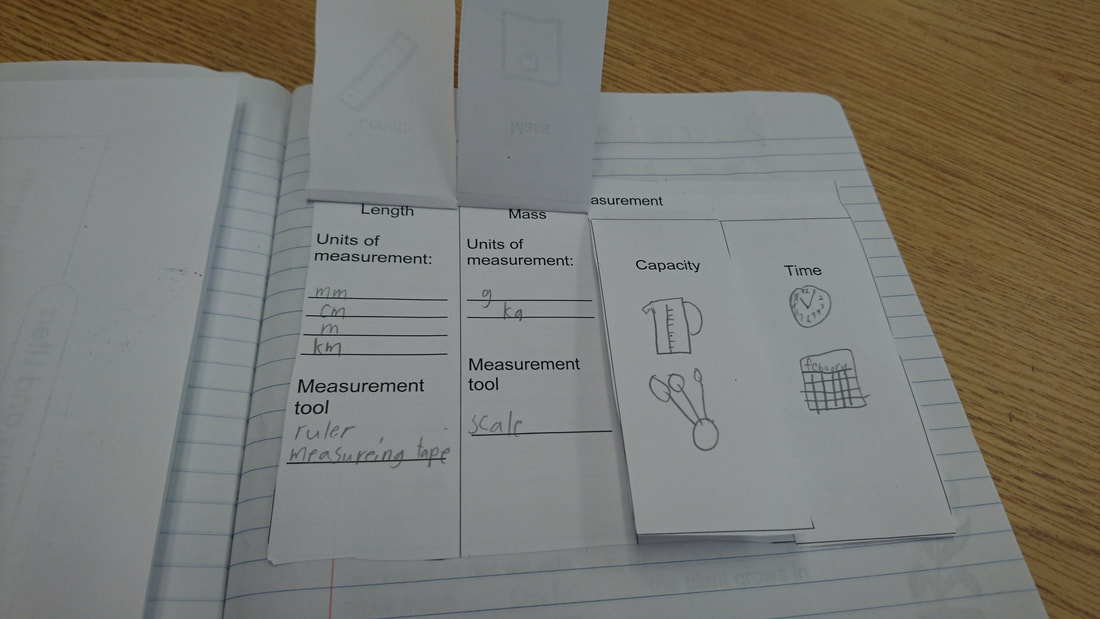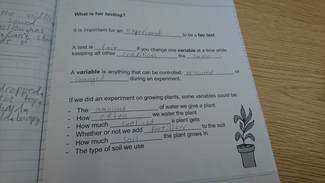For the last few years, I have been working to implement more Universal Design for Learning (UDL) practices in my teaching. I have noticed an increase in student engagement in my science classes since I have started using interactive notebooks. Eventually I would like to begin using interactive notebooks in other subject areas.
Interactive notebooks can be used to make content and activities more accessible and engaging to students, which are key components of UDL. I use composition notebooks because they are affordable, sturdy, and have a lot of pages. We begin by personalizing the covers of our notebooks, which gives students a sense of ownership over them. I have my students decorate the cover of their notebooks at the beginning of the school year. They are asked to make a collage of pictures (they can bring in photographs, hand drawn pictures, cutouts from books and magazines, and stickers). After they decorate their books, they are really excited to begin using them!
Interactive notebooks can help promote accessibility and engagement in the following ways:
- Templates are provided which help students to record, organize, and store information, and makes it easier for them to remember information and find it later on.
- They contain notes, templates, diagrams, and activities that have interactive features which are engaging and help students retain information. Some examples include flip books, diagrams, graphs, maps, journals, and pockets for cards (for vocabulary, definitions, and/or games)
- Some of the templates and activities involve drawing pictures and colouring, which many students really enjoy. Some students love to flex their artistic muscles and add a creative flair to their work every chance they get.
- The note writing templates use fill-in-the-blanks, which reduces the need to copy a lot of material. This makes it easier for students to get the information, vocabulary, and definitions they need on paper. It also reduces time needed to record information, which allows more time for activities and discussion.
- Since using interactive notebooks, I have offered all students the option of using them for open-book tests. This rewards students for keeping thorough and well-organized notes, and also helps them practice valuable skills such as skimming texts for information.
Here are a few samples of student work. These are from the grade three unit on building skills in science (making detailed observations, measurement, classification, and fair testing).






